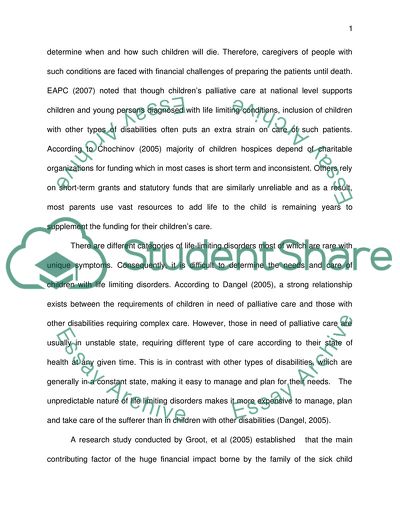Cite this document
(“Impact on a Family Having a Child with Life Limiting Illness Thesis - 1”, n.d.)
Retrieved from https://studentshare.org/social-science/1575169-financial-impact-on-family-of-having-a-child-with-a-life-limiiting-illness
Retrieved from https://studentshare.org/social-science/1575169-financial-impact-on-family-of-having-a-child-with-a-life-limiiting-illness
(Impact on a Family Having a Child With Life Limiting Illness Thesis - 1)
https://studentshare.org/social-science/1575169-financial-impact-on-family-of-having-a-child-with-a-life-limiiting-illness.
https://studentshare.org/social-science/1575169-financial-impact-on-family-of-having-a-child-with-a-life-limiiting-illness.
“Impact on a Family Having a Child With Life Limiting Illness Thesis - 1”, n.d. https://studentshare.org/social-science/1575169-financial-impact-on-family-of-having-a-child-with-a-life-limiiting-illness.


